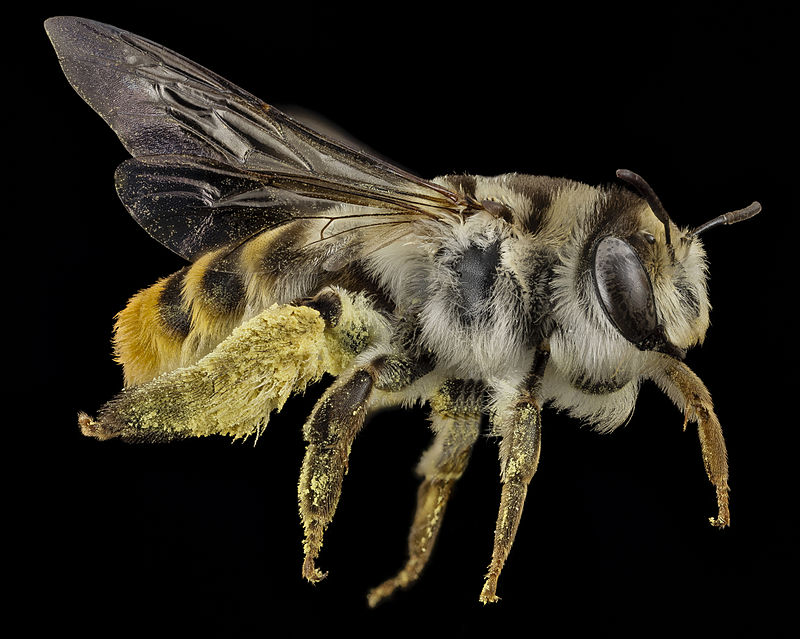Prevention and cure for bee and wasp stings

One thing that has become synonymous with the bees is that it hurts when they sting you.
The first prevention against a bee’s sting would, therefore, be to avoid provoking wasps or bees into attacking you, if you manage that you are safe from their defensive bites.
However, sometimes we don’t really intend to cause any harm to the bees and wasps but rather overstep an unseen boundary that these little creatures have drawn by themselves. Sometimes we accidentally disturb a wasp nest by stepping on it, or get too close to a beehive without proper protection which ultimately ends up with a human scream followed by many reddish sting bumps.
A general rule to prevent a painful sting from bees or wasps is to simply leave these poor creatures alone. Once you spot them charging towards you try standing still and not move around much- however if you see a whole army of bees coming your way you better seek a hiding. If you stand still when a single wasp or two at most are trying to fight you; less resistance by you means less pain for both of you. Even if it lands on you when you are standing still it would probably fly off once it is sure that you are not a danger to its existence; you trying to shoo it off sends exactly the opposite message.
Honey bees have only one chance to go all nuke on you, due to the barbed edged stingers that they possess for self-defence. Their stingers once planted in your skin could continue to release venom and make things worse for you, so the first thing you must do after getting stung by a bee is to remove the stinger immediately.
Bumble bees are considered more patient kind of bees, as they have calmer temperaments, however, a bumble bee if it decides to go all buzzers on you can sting you multiple times. Just like Yellow Jackets wasps who are considered the most aggressive kind of wasps with the ability to sting more than once.
Feeling reddening, swelling and a sharp pain is considered normal after a wasp or bee sting; however, if you experience more severe pains like headaches with nausea do seek medical attention immediately.
If you ever get attacked by bees or wasps, consider following important tips of treatment.
- Some people experience sever reaction to wasp and bee sting, if you are one of those unfortunate folks you must call emergency medical services as soon as possible after a bee sting.
- Always try to remove the sting to avoid further swelling and pain; use a blunt knife or simply your thumbnail to scrap the skin, you can also use the edges of your credit card.
- Never pinch the stinger or apply the tweezers to remove the stingers, this will further push the stinger deeper into your skin.
- Apply ice to the affected area to constrict the capillaries and to reduce the painful swelling.
- You will feel an unstoppable desire to itch, try to curb that desire and avoid scratching at all costs as it could make matters worse.
- Wash the affected area with soap and water, or use a mixture of baking soda in water to clean the wound.
If you are in the wilderness, you can scoop up some mud and hold it against the wound, or apply a slice of onion to it and hold it for a couple of minutes to ease the swelling and pain.
